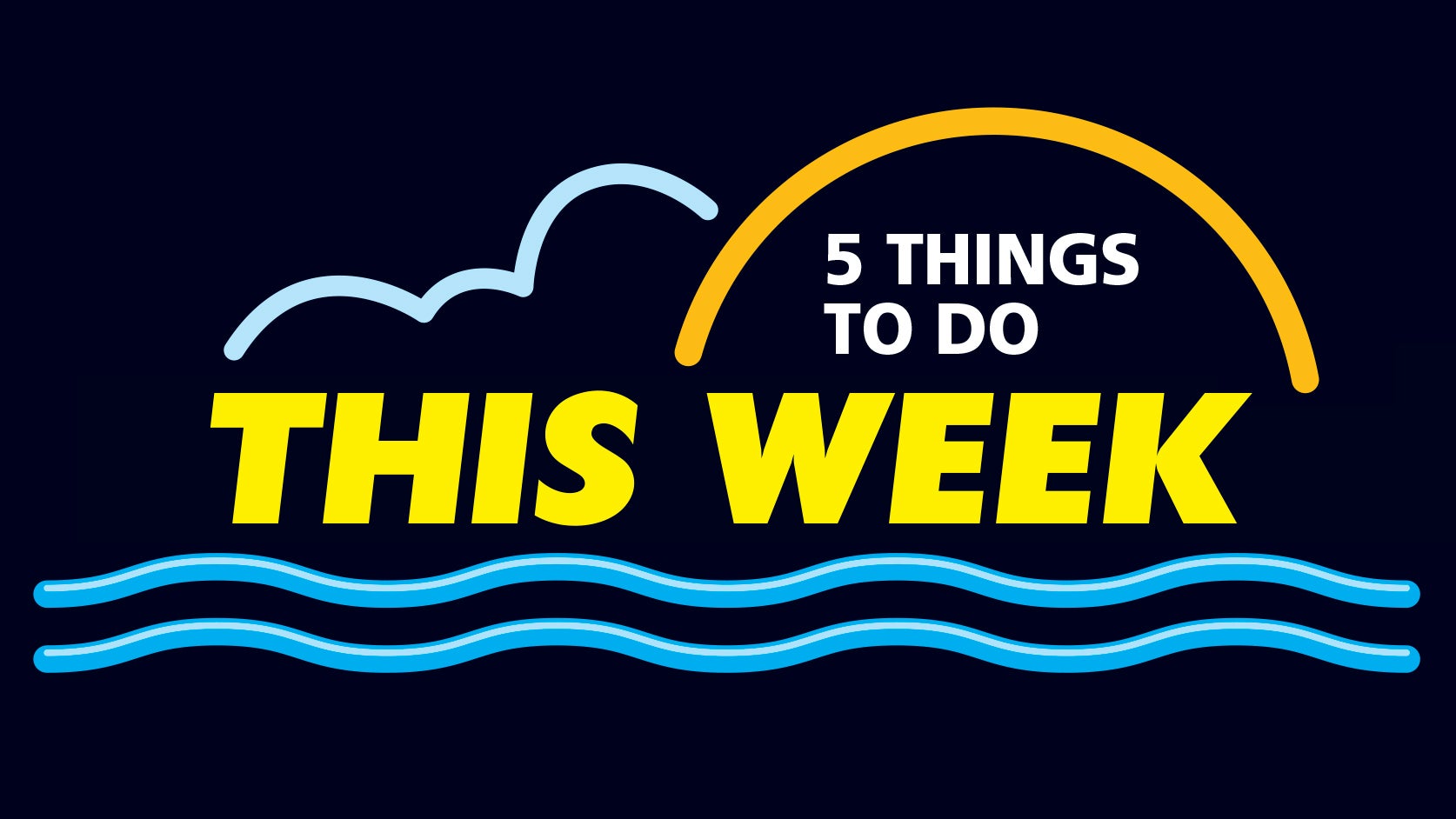Minnesota’s graduation rates inch back toward pre-pandemic highs
Published 6:18 pm Tuesday, April 25, 2023
|
Getting your Trinity Audio player ready...
|
By Elizabeth Shockman, Minnesota Public Radio News
Minnesota schools saw a rise in four-year public high school graduation rates last year following a drop during the COVID-19 pandemic.
The class of 2022 graduated at 83.6 percent, up from 83.3 percent for the prior year’s class and close to the historic high of 83.8 percent in 2020, the Minnesota Department of Education said Tuesday.
Rate gaps between white students and students of color persisted in 2022, as did gaps for students who qualify for free and reduced lunch and English language learners and students who receive special education services.
Black and Native American students, however, saw a notable rise in student graduation rates last year — a 3.1 percentage-point gain for Black students and a 2.5 percentage-point gain for Native American students.
Students receiving special education also saw gains, with two-thirds of the class of 2022 graduating within four years.
“This kind of result doesn’t happen by accident,” said Joe Munnich, managing director of the Twin Cities nonprofit Generation Next, an organization of civic, business and education leaders focused on closing education achievement gaps.
Munnich noted the collective efforts of educators, students and communities to get more students to graduation. “This is not something that just every year is going to be a given that we are going to be at this rate, much less that it’s going to be higher or our disparities are going to decrease.”
Students who completed their high school education within four years in 2022 were in 10th grade when the pandemic began and saw significant challenges during their junior year as many schools closed their doors to in-person learning or switched between distance and hybrid learning scenarios.
Education Commissioner Willie Jett said some of Minnesota’s largest gains with students of color may be the result of work schools have done with pandemic relief funds that allowed them to try new things.
“They got a chance to dream and now they’re having a chance to implement many of those things. Examples would be programs that emphasize relationships and connections,” Jett said.
He pointed to full-service community schools as another initiative that he thinks is making a difference for students of color in Minnesota.
A community school is a model that involves a school hiring a coordinator to get certain community partners to provide services such as health care, food access and other needs from inside a school building. Gov. Tim Walz has championed this approach for several years.





